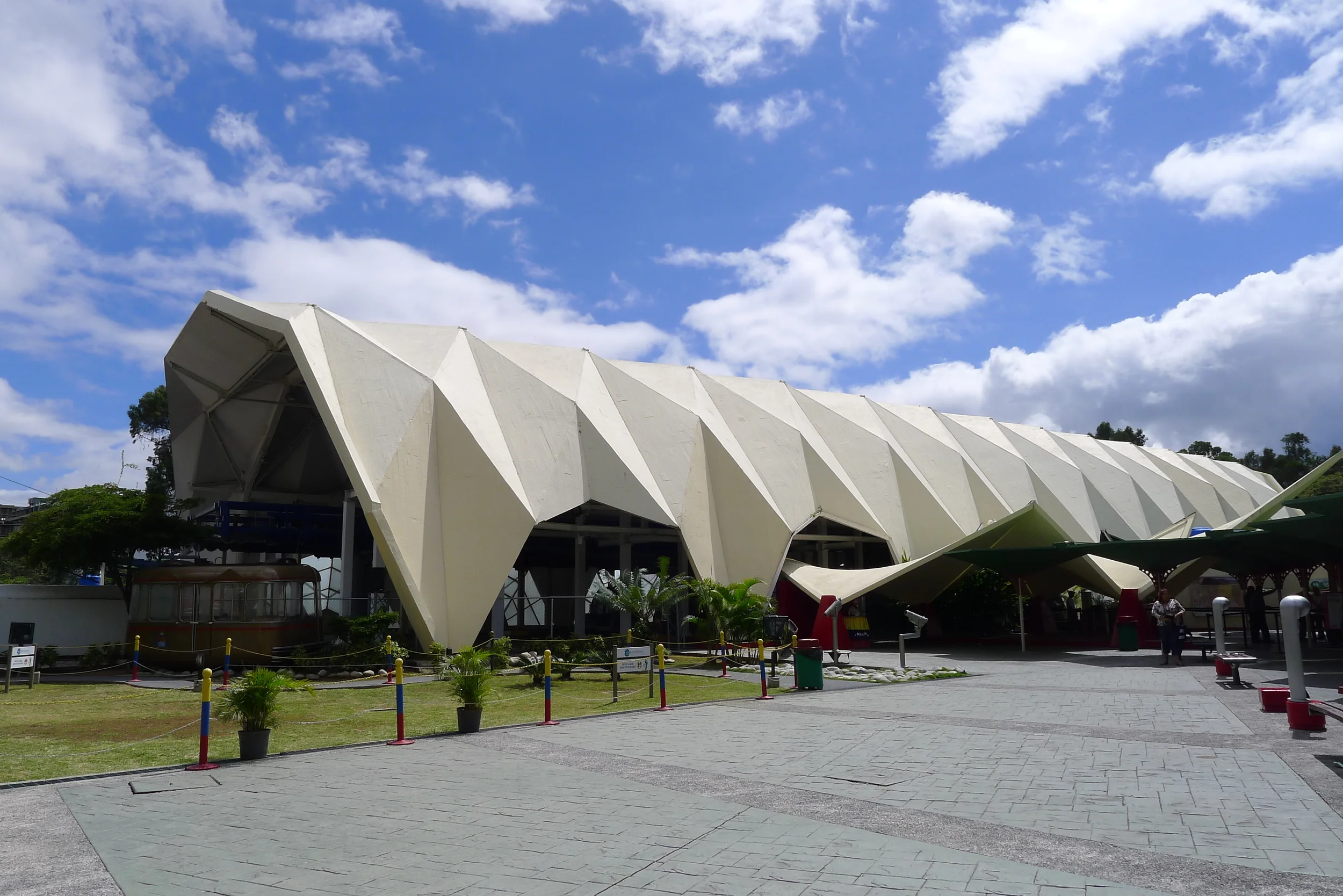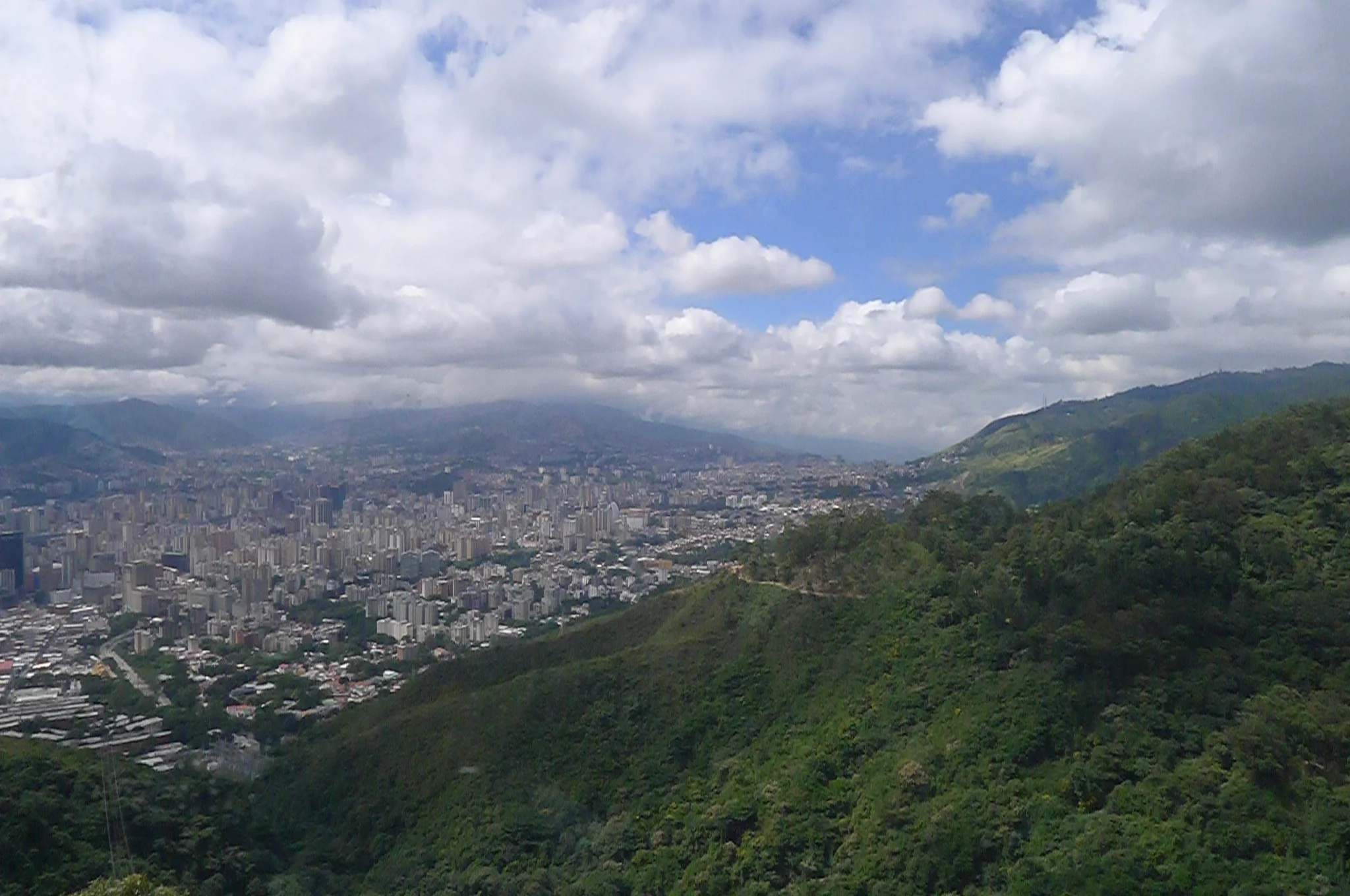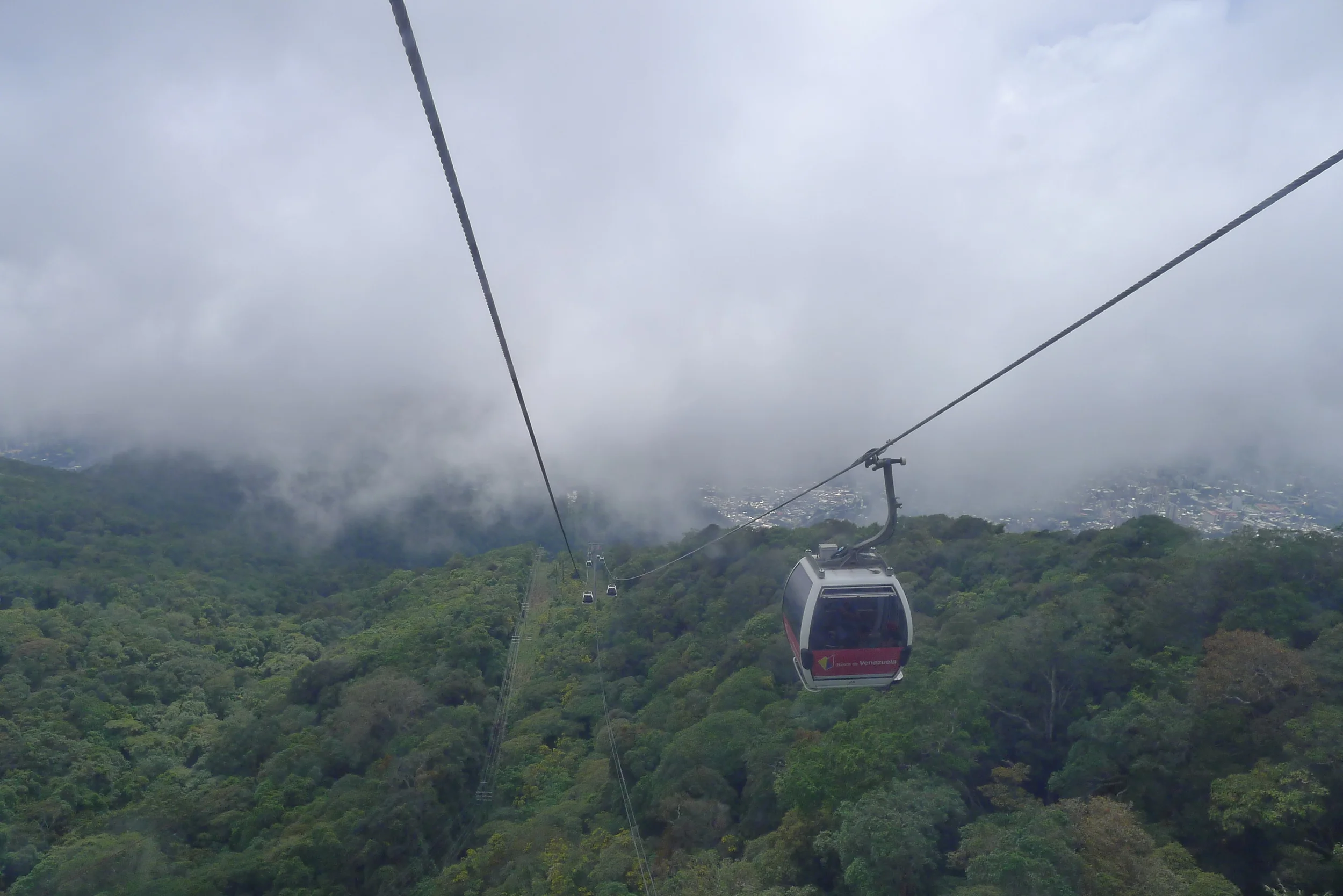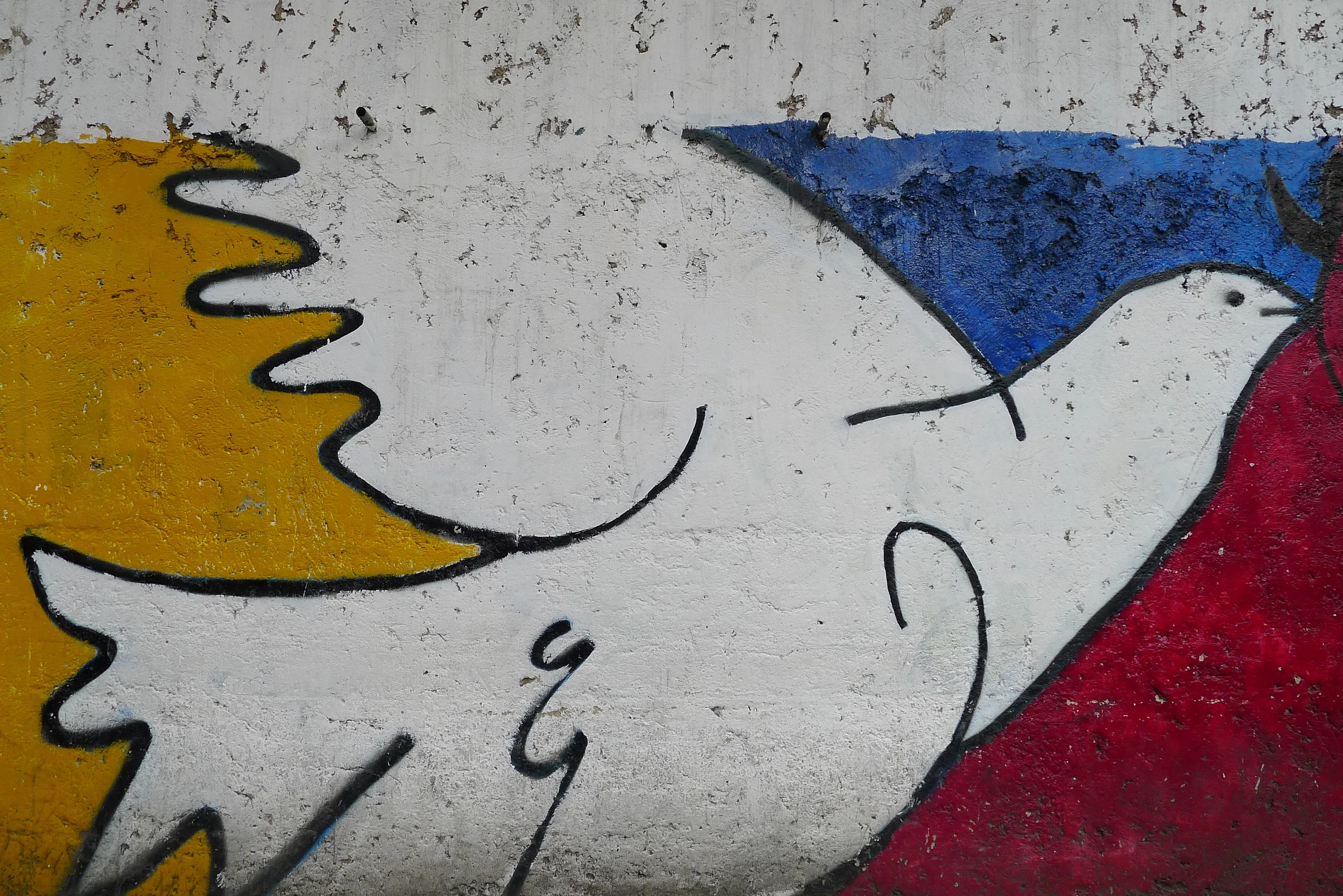We didn't spend much time in Caracas, just enough to get a fleeting taste of the city's life.
Intimidating stories made us shake in our Tevas and second guess our decision to visit the capital, but we stayed with a sweet couple who warned against dangers and helped us to navigate the hustling and bustling streets. We rode the teleférico up to El Ávila for a panoramic view, which also made for a nice break from the crowd. Place Bolívar was made charming by older couples dancing their tails off. Street food was abundant: pinchos, Mexicana cake, arepas, empanadas. Let's just say we ate our fair share.
Riding in from the airport, barrios could be seen encrusted on the hills to either side of the highway. Housing is a right in Venezuela, even if it means citizens have to provide it for themselves. Poorer, and perhaps poorest, communities cluster here where crime and violence are especially prevalent. We were told that upwards of 2 million people live in the barrios. That's a staggering number. Almost half the city's population.
Coming to Venezuela, there were two things we were particularly ignorant about: the exchange control and the price of oil. We were shocked to find that the black market exchange rate from US dollars to Venezuelan bolívares was 17 times that the official rate. How could there be such a disparate gap? And the oil is so cheap, it's virtually free. To put things into perspective, it costs 6 times as much for a 1-liter bottle of water as it does a 12-gallon tank of gas. Mind-blowing.
For these reasons, we found Venezuela to be incredibly affordable, especially as budget-conscious travelers, which is great because the country has so much to offer. It just needs a chance. Next stop, Mérida.







